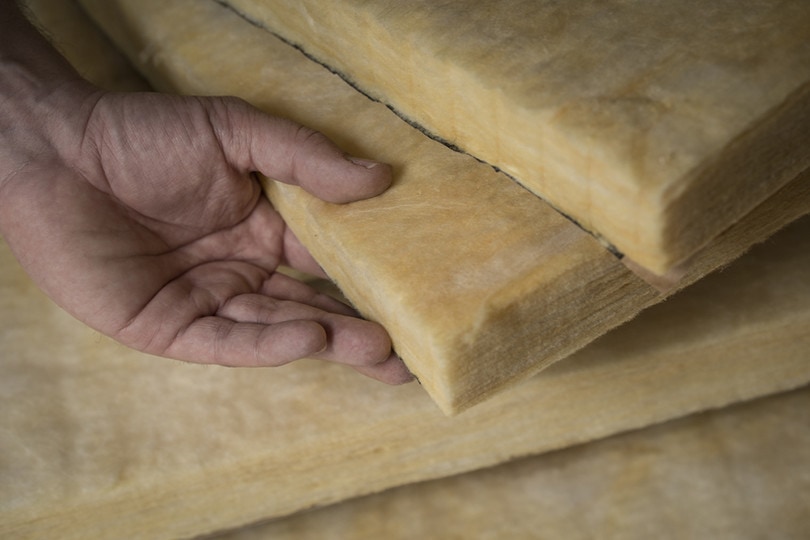How to Replace Insulation in Walls – 5 Methods
-
Codee Chessher
- Last updated:

If your home has started to get unreasonably hot or cold and just doesn’t stay comfortable, your insulation may be the culprit. Old homes built before the 1960s, especially, may not have much in the way of high-quality insulation either. The good news is that adding new insulation to your home isn’t as hard as you might think.
There are several ways you can insulate your drafty walls and get your home comfortable again. Let’s dive in with those details below so you can get started ASAP.
Before You Begin
Do your closed walls need insulation and you have no idea how to go about it? Take a reciprocating saw and simply cut a hole in it once you’ve decided how you’re going to insulate the space. You may need a larger hole to maneuver around and apply spray foam, while loose cellulose or fiberglass doesn’t need as big a hole to run a hose through. With some plaster or drywall and a coat of paint after you’re done, the wall will look brand-new and insulate even better.
Find an insulation specialist in your area, and get free, no-commitment estimates for your project.Consult an insulation expert

How to Replace Insulation in Walls
1. Loose Fill Cellulose Insulation
Cellulose has grown a lot in popularity since they added fire retardant treatments to the material in the 1960s. It’s made from plant fibers like paper and cardboard, and in fact, the vast majority of cellulose insulation is made from recycled materials! Loose-fill cellulose is typically applied with a special machine that blows it in, but you could simply pile it in your walls by hand. It would be a lot more work, though!

2. Polyurethane Spray Foam
A relatively new invention, spray foam insulation is made from the same chemicals that you find in many superglues. Polyurethane offers similar thermal efficiency to cellulose but has the added benefit of being self-sealing. That’s right, it will expand to fill every tiny nook and cranny. Unlike cellulose and fiberglass, which have lots of air in between the material, polyurethane creates a super-dense insulating layer that doubles as a vapor barrier. The main downside to dealing with spray foam is that it’s really expensive upfront.
3. Batts and Roll Insulation
Move over, fancy spray foam, now we’re getting into the old-school stuff. Also called blanket insulation, this is the standard for many residential homes. It’s very hard to install because missing a tiny gap can mean big drafts for your house, so there’s little margin for error when installing it. Batts are typically made from fiberglass, which has a similar R-value or thermal efficiency to cellulose. Blanket insulation is cheap and easy to transport but is a huge pain to install properly.

4. Blow-In Blanket Insulation (BIBS)
Perhaps the newest insulation on our list, BIBS is a specialized and trademarked commercial insulation that can’t be done yourself—sorry, DIY masters! This method seems similar to blowing in loose-fill cellulose, but BIBS is actually made with fiberglass. The process coats the inside of your walls with a seamless fiberglass blanket, which is more effective than loose-fill cellulose at preventing air infiltration. It’s also impervious to wind washing in arid climates. The major cons of this insulation are that it’s expensive, not widely available, and not DIY-able.
5. Reflective Insulation
Many of you in harshly sunny climates are probably familiar with putting aluminum foil in your windows, but the same principle works inside your walls, too! Putting reflective materials—not necessarily aluminum foil—in your crawl spaces, attics, and unfinished walls can improve thermal efficiency and keep your house comfortable. Ideally, this insulation should be used as a supplementary measure near the primary areas where heat enters your home. Rafters are the main ones to worry about.

Final Thoughts
Insulation keeps us from suffering at the whims of the weather, and there are tons of ways to add it to your house. Adding extra insulation not only helps your HVAC system keep the room’s temperature comfortable, but helps save you money on electricity by keeping it stable.
Featured Image Credit: Erik Mclean, Pexels
Contents

